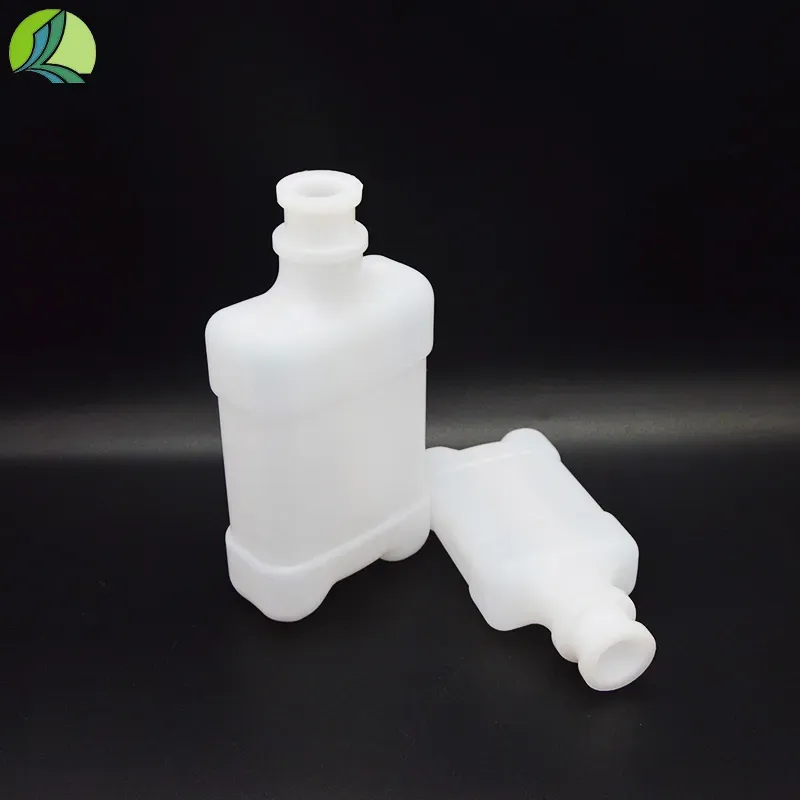
-
 Afrikaans
Afrikaans -
 Albanian
Albanian -
 Amharic
Amharic -
 Arabic
Arabic -
 Armenian
Armenian -
 Azerbaijani
Azerbaijani -
 Basque
Basque -
 Belarusian
Belarusian -
 Bengali
Bengali -
 Bosnian
Bosnian -
 Bulgarian
Bulgarian -
 Catalan
Catalan -
 Cebuano
Cebuano -
 Corsican
Corsican -
 Croatian
Croatian -
 Czech
Czech -
 Danish
Danish -
 Dutch
Dutch -
 English
English -
 Esperanto
Esperanto -
 Estonian
Estonian -
 Finnish
Finnish -
 French
French -
 Frisian
Frisian -
 Galician
Galician -
 Georgian
Georgian -
 German
German -
 Greek
Greek -
 Gujarati
Gujarati -
 Haitian Creole
Haitian Creole -
 hausa
hausa -
 hawaiian
hawaiian -
 Hebrew
Hebrew -
 Hindi
Hindi -
 Miao
Miao -
 Hungarian
Hungarian -
 Icelandic
Icelandic -
 igbo
igbo -
 Indonesian
Indonesian -
 irish
irish -
 Italian
Italian -
 Japanese
Japanese -
 Javanese
Javanese -
 Kannada
Kannada -
 kazakh
kazakh -
 Khmer
Khmer -
 Rwandese
Rwandese -
 Korean
Korean -
 Kurdish
Kurdish -
 Kyrgyz
Kyrgyz -
 Lao
Lao -
 Latin
Latin -
 Latvian
Latvian -
 Lithuanian
Lithuanian -
 Luxembourgish
Luxembourgish -
 Macedonian
Macedonian -
 Malgashi
Malgashi -
 Malay
Malay -
 Malayalam
Malayalam -
 Maltese
Maltese -
 Maori
Maori -
 Marathi
Marathi -
 Mongolian
Mongolian -
 Myanmar
Myanmar -
 Nepali
Nepali -
 Norwegian
Norwegian -
 Norwegian
Norwegian -
 Occitan
Occitan -
 Pashto
Pashto -
 Persian
Persian -
 Polish
Polish -
 Portuguese
Portuguese -
 Punjabi
Punjabi -
 Romanian
Romanian -
 Russian
Russian -
 Samoan
Samoan -
 Scottish Gaelic
Scottish Gaelic -
 Serbian
Serbian -
 Sesotho
Sesotho -
 Shona
Shona -
 Sindhi
Sindhi -
 Sinhala
Sinhala -
 Slovak
Slovak -
 Slovenian
Slovenian -
 Somali
Somali -
 Spanish
Spanish -
 Sundanese
Sundanese -
 Swahili
Swahili -
 Swedish
Swedish -
 Tagalog
Tagalog -
 Tajik
Tajik -
 Tamil
Tamil -
 Tatar
Tatar -
 Telugu
Telugu -
 Thai
Thai -
 Turkish
Turkish -
 Turkmen
Turkmen -
 Ukrainian
Ukrainian -
 Urdu
Urdu -
 Uighur
Uighur -
 Uzbek
Uzbek -
 Vietnamese
Vietnamese -
 Welsh
Welsh -
 Bantu
Bantu -
 Yiddish
Yiddish -
 Yoruba
Yoruba -
 Zulu
Zulu
petri dish sizes
Understanding Petri Dish Sizes A Comprehensive Guide
Petri dishes, also known as Petri plates or cell-culture dishes, are circular, shallow dishes made from glass or clear plastic that are widely used in laboratories for a variety of purposes, including the cultivation of microorganisms, cells, and small samples. They are an essential tool in microbiology, molecular biology, and other scientific fields. One important aspect of Petri dishes is their size, which can significantly influence experimental outcomes. This article explores the various sizes of Petri dishes and their applications.
Petri dishes come in several standard sizes, typically measured by their diameter. The most common sizes are 35 mm, 60 mm, 100 mm, and 150 mm. Each size serves a particular purpose based on the volume of culture medium required and the specific type of experiment being conducted.
Understanding Petri Dish Sizes A Comprehensive Guide
Moving up in size, the 60 mm Petri dish offers a larger surface area while still being manageable for most laboratory work. This size is commonly employed for routine microbiological procedures, including the growth of bacterial strains and simple cloning experiments. Its increased surface area allows for more colonies to grow, facilitating easier observation and analysis of results.
petri dish sizes

The 100 mm Petri dish is one of the most widely used sizes in microbiology laboratories. It strikes a balance between usability and capacity, making it suitable for a variety of applications, from culturing larger volumes of bacteria to various cell biology protocols. Its design allows for the easy manipulation of samples and is particularly useful for dilution plating, where multiple dilutions can be spread on the surface to assess microbial populations.
For larger-scale applications, the 150 mm Petri dish is employed. This size is often used in industrial microbiology, where larger quantities of organisms are required for fermentation processes, or in environmental studies to assess microbial diversity in soil and water samples. The larger diameter allows for extensive growth and isolation of colonies, making it easier to identify different species within a mixed population.
In addition to these standard sizes, Petri dishes are also available in different shapes and depths, which can be relevant depending on the specific requirements of an experiment. Some applications may call for deeper dishes to accommodate thicker media or to allow for gas exchange, while others may require specialized coatings for specific types of cell cultures.
Furthermore, it is essential to note that the material of the Petri dish can also impact the experiment. Glass Petri dishes are reusable and contribute to reduced waste, while disposable plastic options provide convenience and lower contamination risks. Each material has its advantages and should be chosen based on the needs of the experiment.
In summary, understanding the sizes and applications of Petri dishes is crucial for researchers in various scientific fields. The choice of size can influence the effectiveness and efficiency of experiments, making it important to consider the specific needs of each study. Whether working with bacteria, plant cells, or fungi, selecting the appropriate Petri dish size ultimately contributes to the accuracy and reliability of experimental results.
-
Premium Metal Dropper Bottle for Precise Dispensing 250ml & 1ml Options AvailableNewsJul.04,2025
-
20 ml Headspace Vials - High Quality Polyethylene & Plastic Vials for Lab UseNewsJul.04,2025
-
Small Bottle with Pipette - Precise Dispensing 100ml Pipette Bottles for Essential Oils & Lab UseNewsJun.24,2025
-
Acetic Anhydride Bottle for Accurate Dropper Measurement in Pharmacy Use High-Quality Dropper BottlesNewsJun.10,2025
-
Innovative PET Bottle Design for Juice – Unique Shapes & Customization OptionsNewsJun.10,2025
-
20 Pack Sterilized Petri Dishes – Assorted Sizes, High Quality Small Plastic Petri Dishes for Lab UseNewsJun.10,2025






















